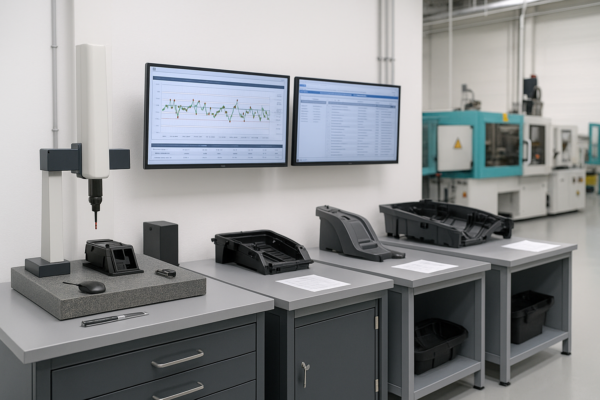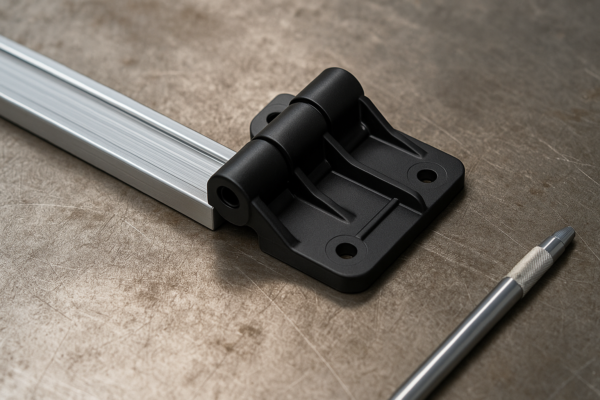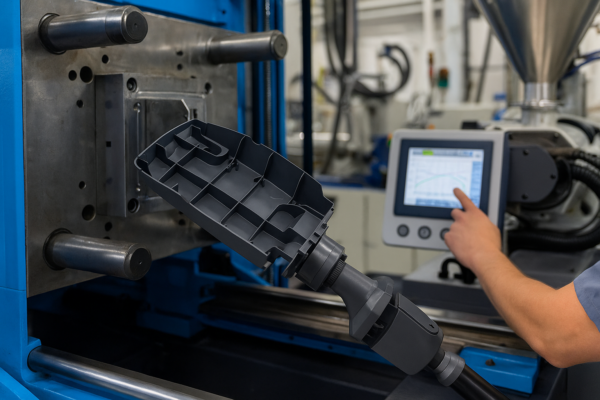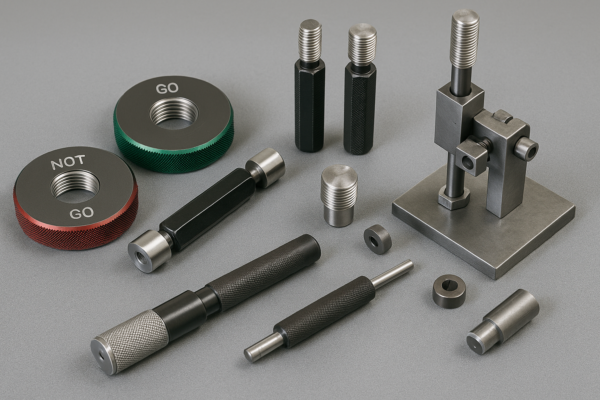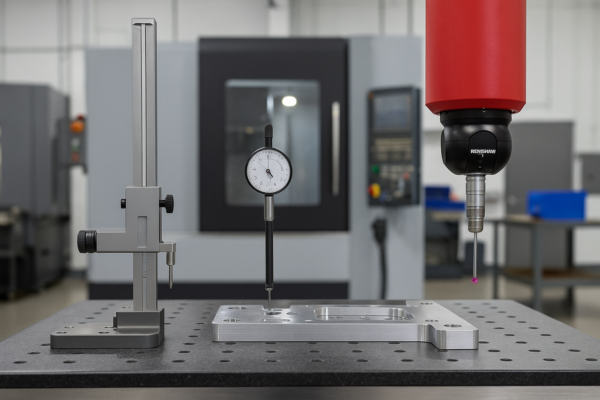What do you mean by amalgam in metal processing?
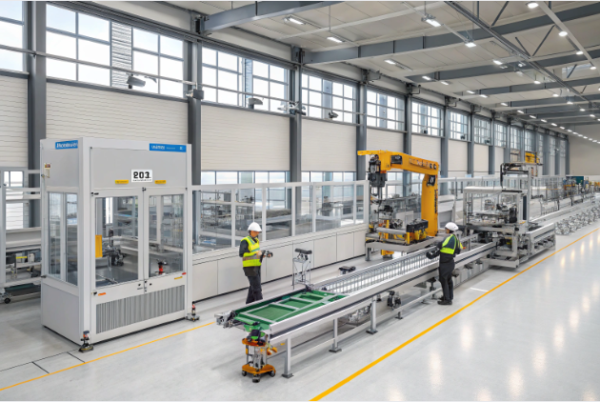
Many buyers worry about contamination in custom metal parts1.
Amalgam2 is a mixture of mercury and another metal, often misunderstood in industrial contexts. Clarifying its meaning helps avoid quality issues and improves sourcing precision.
If you’re sourcing precision components1, understanding what "amalgam2" means—and doesn’t mean—can save you time and money.
What does amalgam mean in industrial metal production?
Buyers often confuse amalgam with alloys or composites.
In modern manufacturing, "amalgam1" strictly refers to a mercury-based mixture2. Due to safety risks, most industrial suppliers have replaced it with safer materials.
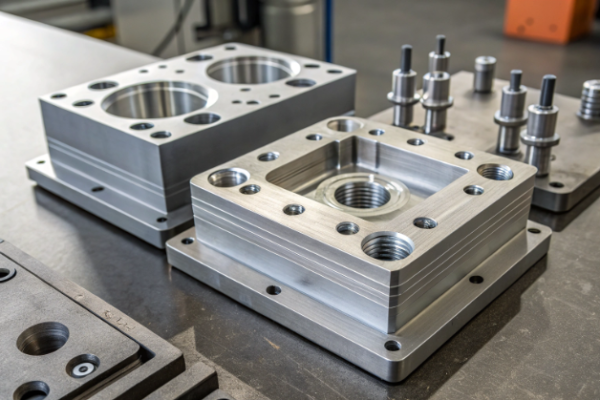
Dive Deeper: The industrial relevance of amalgam
Historically, amalgams1 were used in dentistry and electronics. They offered unique bonding properties. However, mercury is toxic2. Today, we rarely use amalgam in large-scale manufacturing due to international regulations.
As a buyer, why does this matter?
When sourcing custom stamping parts1, unclear material terms2 can cause:
- Project delays1
- Product rejections
- Compliance failures2
You should always ask for the exact material composition1. At Prime, we provide full documentation to clarify this. We never use mercury-based amalgams2.
Global compliance outlook
| Region | Mercury Regulations1 | Industrial Use2 |
|---|---|---|
| USA | Restricted in all forms | Rare |
| EU | Strict bans in place | Almost none |
| China | Phasing out gradually | Low usage |
As an ISO-certified casting parts manufacturer1, Prime only uses mercury-free materials2 approved for global markets.
How is amalgam different from alloy or composite?
Many sourcing professionals1 mix up2 these terms.
An alloy is a metal-to-metal mix1. A composite blends metals and non-metals2. An amalgam includes mercury, which is now rarely used.
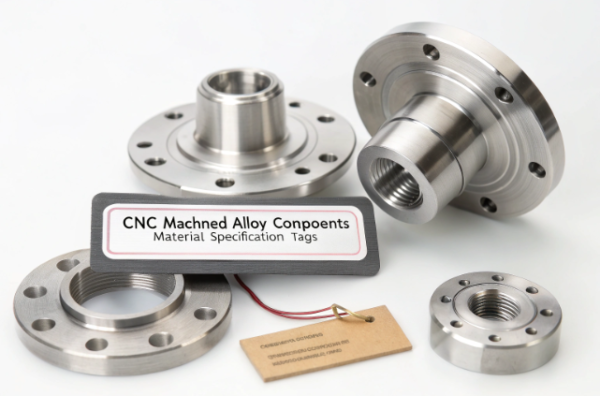
Dive Deeper: Why clear terms avoid sourcing mistakes
When sourcing CNC parts1, accuracy matters2. If a drawing mentions "amalgam" instead of "composite" or "alloy," your order may:
- Be rejected by the manufacturer
- Get stuck in customs1
- Fail internal compliance checks2
Common material terms explained
| Term | Meaning | Example Use |
|---|---|---|
| Alloy1 | Two or more metals combined | Steel, brass, bronze |
| Composite2 | Mix of metals and non-metallics | Plastic-metal housings |
| Amalgam | Mercury plus metal (outdated) | Old thermometers, fillings |
At Prime, our team checks each spec before quoting. As a custom stamping parts supplier1, we help you avoid risky terms and ensure material safety2.
What’s the concern about amalgam in dental fillings?
Many still associate amalgam with dental use.
Dental amalgam1 contains mercury. Though durable, it poses health risks. These risks include mercury vapor exposure2 during placement or removal.

Dive Deeper: What this tells us about safe materials
Just like dental amalgam is being replaced, industrial sourcing is also shifting. Buyers demand safer, fully certified materials for long-term reliability.
At Prime, we apply the same thinking to our fasteners1 and plastic parts2:
- No toxic additives1
- Safe packaging materials2
- Full documentation on demand
Mercury-Free Sourcing Checklist
| Material | Mercury Content | Prime Supplies This? |
|---|---|---|
| Brass Alloy | 0% | ✅ Yes |
| Dental Amalgam1 | Contains mercury | ❌ No |
| REACH-Compliant Steel2 | 0% | ✅ Yes |
We use certified, mercury-free alloys for all casting parts1 and CNC machining parts2. Our 10 production lines follow strict QA to ensure safe use.
How to ensure safe and compliant sourcing today?
Most buyers worry about compliance and hidden toxins.
Always ask for ISO, RoHS, or REACH certifications1. Request test reports2 before approving production. Trustworthy suppliers will support this.
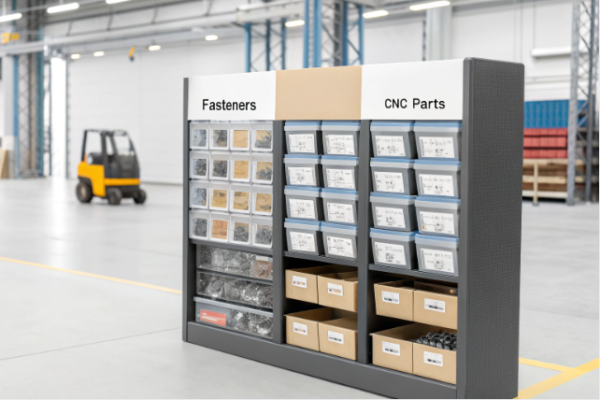
Dive Deeper: Prime’s sourcing transparency
We know compliance is critical, especially when you serve Western markets. Our team ensures your purchase meets all global regulations1 and customer expectations2.
Prime’s quality documentation package:
| Document | Included with Every Order |
|---|---|
| ISO 9001 Certificate1 | ✅ Yes |
| Raw Material Analysis Report2 | ✅ Yes |
| RoHS / REACH Declarations | ✅ Yes |
| Packaging Test & Compliance Sheet | ✅ Yes |
Need help with CNC part tolerance1? Our engineers offer:
- CAD drawing reviews
- Material suggestions
- Real-time updates
- Safe packaging advice for fasteners2 and fragile components
As your custom CNC parts supplier, we simplify your sourcing process.
Conclusion
Amalgam is outdated in modern manufacturing. Accurate material terms1 ensure safety, speed, and compliance.
Contact Prime today through our website. Get a free consultation2, quotation, and tailored solution. Let us deliver your next order fast—with stable quality and global certification.
-
Understanding accurate material terms is crucial for ensuring safety and compliance in modern manufacturing processes. ↩ ↩ ↩ ↩ ↩ ↩ ↩ ↩ ↩ ↩ ↩ ↩ ↩ ↩ ↩ ↩ ↩ ↩ ↩ ↩ ↩ ↩ ↩ ↩ ↩
-
Exploring free consultation options can help you find tailored solutions that meet your specific manufacturing needs. ↩ ↩ ↩ ↩ ↩ ↩ ↩ ↩ ↩ ↩ ↩ ↩ ↩ ↩ ↩ ↩ ↩ ↩ ↩ ↩ ↩ ↩ ↩ ↩ ↩

